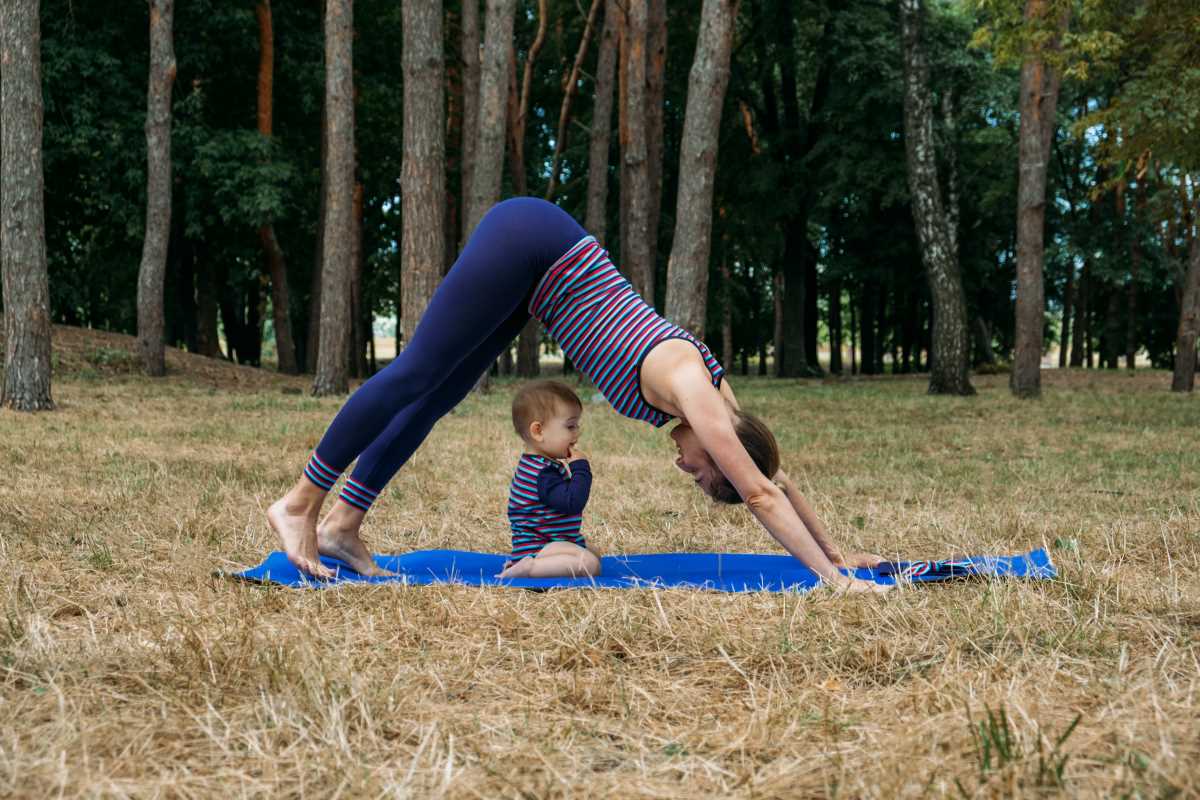When it comes to fitness, there’s often debate about which type of exercise reigns supreme. Should you focus on cardio to improve your endurance and burn calories, or should you double down on strength training to build muscle and boost metabolism? The truth is, you don’t have to choose. Combining cardio and strength training into a balanced workout routine is the ultimate strategy for achieving maximum results. These two approaches complement each other in ways that can enhance your overall fitness, help you avoid plateaus, and keep your workouts exciting and effective.
Whether you’re a fitness beginner trying to figure it all out or a seasoned athlete looking for that extra edge, this guide will help you unlock the full potential of combining cardio and strength training.
Why Combine Cardio and Strength Training?
Cardio and strength training are often seen as two separate entities, but together they create a dynamic duo that amplifies your fitness results. Here’s how they work together to benefit your body and mind:
1. Improve Overall Fitness
Combining cardio and strength ensures you’re covering all elements of fitness. Cardio workouts improve your heart health, lung capacity, and endurance, while strength training builds muscular strength and supports joint stability. Together, they make you a well-rounded athlete with the stamina to go the distance and the strength to power through.
2. Burn More Calories
Integrating both modalities allows you to burn calories during and after your workout. Cardio burns a high number of calories, especially during intense sessions like running or cycling. Strength training, on the other hand, increases your metabolism over time as muscle mass requires more energy to maintain. Together, they provide the ultimate fat-burning combination.
3. Reduce Injury Risk
A balanced fitness routine that incorporates both endurance and resistance training improves muscle imbalances, increases flexibility, and strengthens stabilizing muscles. This reduces the chance of overuse injuries that might arise from focusing solely on one type of exercise.
4. Mental and Emotional Benefits
Cardio produces feel-good endorphins that boost your mood, while strength training builds confidence as you witness your power and abilities grow. Working both ends of the fitness spectrum keeps your workouts engaging and helps prevent boredom.
Structuring Your Training for Maximum Results
The key to effectively integrating cardio and strength training is structuring your workouts to complement each other. Here’s how to do it:
1. Weekly Training Split
How you divide your workouts throughout the week depends on your fitness level, goals, and available time.
- Beginners: Start with 2-3 days of strength training and 2-3 days of moderate cardio (walking, cycling, swimming), with at least one rest or active recovery day.
- Intermediate/Advanced: Consider 3-4 days of strength training with 2-3 days of cardio (mix steady-state and high-intensity interval training, or HIIT). You can even combine both types in a single session (more on that later).
By alternating days or sessions, you allow your muscles to recover while keeping your cardiovascular system active.
2. Combining Cardio and Strength in One Workout
For those short on time, combining cardio and strength into one workout is an effective solution. Here are some ways to do it:
- Circuit Training: Set up strength exercises (e.g., squats, rows, lunges) and intersperse them with short bursts of cardio (e.g., jumping jacks, burpees, or 1-minute sprints). This keeps your heart rate high while building strength, blending the benefits of both approaches.
- HIIT with Resistance: Incorporate bodyweight or lightweight exercises into your cardio intervals. For example, alternate 30-second sprints with push-ups or kettlebell swings.
- Finishers: End your strength workout with 5-10 minutes of high-intensity cardio, like hill sprints or rowing. This boosts calorie burn without requiring additional time in the gym.
3. Pay Attention to Workout Order
Order matters when combining cardio and strength, especially if your goal leans more toward one.
- For endurance and fat loss: Do cardio first while your energy levels are high.
- For building strength and muscle: Strength train first to ensure your muscles are fresh and can handle heavy loads effectively.
Alternatively, split your cardio and strength into separate sessions (e.g., cardio in the morning, strength in the evening) to maximize focus and performance.
Tips for Beginners
If you’re new to fitness, combining cardio and strength might feel overwhelming. Here are tips to ease into it:
- Start Small, Build Gradually: Begin with either 10-minute cardio sessions after strength training or alternate a cardio-focused day with a strength day. Increase duration and intensity gradually.
- Perfect Form First: Prioritize proper form during strength exercises to avoid injury. Use lighter weights and gradually progress as you gain strength and confidence.
- Focus on Enjoyment: Pick cardio activities you genuinely enjoy, whether it’s dancing, hiking, or cycling. The more fun it is, the more likely you’ll stick with it.
- Track Progress: Keep a workout journal to note improvements in time, weight lifted, or personal endurance milestones. This provides motivation and a sense of accomplishment.
Advanced Strategies for Fitness Enthusiasts
For those more experienced in fitness, here are ways to elevate your cardio-strength routine:
- Periodization: Rotate through phases focused on different fitness goals (e.g., muscle building or endurance). Adjust the balance of cardio and strength accordingly to align with your focus.
- Increase Workout Density: Minimize rest between sets to keep your heart rate elevated during strength sessions, effectively turning them into cardio-strength hybrids.
- Weighted Cardio: Add weight to your cardio exercises to integrate strength-building elements. Examples include wearing a weighted vest during hikes or performing sled pushes.
- Experiment with Hybrid Classes: Try advanced classes like CrossFit, boot camps, or kickboxing that naturally combine cardio and strength challenges.
Consistency and incremental progress will ensure you continue to challenge your body and make gains.
Addressing Common Misconceptions
1. “You’ll Lose Muscle If You Do Too Much Cardio”
While excessive long-distance cardio may compromise muscle mass if you’re not eating enough, moderate cardio paired with proper nutrition and strength training supports muscle maintenance.
2. “You Can’t Build Muscle If You Do Cardio”
Building muscle and doing cardio are not mutually exclusive. By focusing on resistance training while adding manageable cardio, you can gain strength and improve heart health simultaneously.
3. “Cardio Has to Be Intense to Be Effective”
Low-intensity steady-state (LISS) cardio, like walking or light cycling, is incredibly effective in burning calories and promoting recovery without wearing down your body.
 (Image via
(Image via





